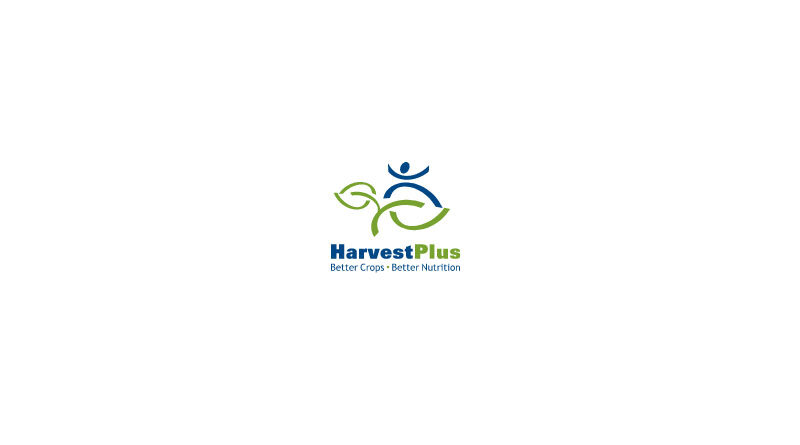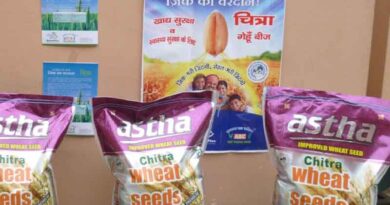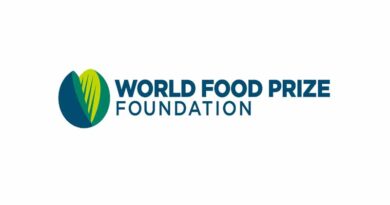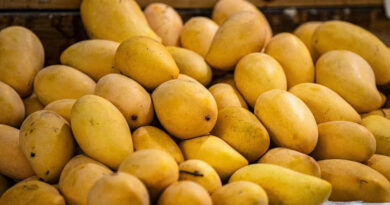Biofortified Foods Highlighted at India Conference on Food Ingredients
27 July 2022, New Delhi: The benefits of improving the nutrient content of staple foods through biofortification was highlighted at a high-level conference in India focusing on the role of food ingredients in promoting health and wellness, and regulatory challenges in the ingredients ecosystem.
During the 2nd National Conference on Food Ingredients: Tool Towards Innovation, which took place on July 19 at Federation of Indian Chambers of Commerce and Industry (FICCI) House in New Delhi, Ravinder Grover of HarvestPlus India participated in a session on “Emerging Trends and the Evolving Regulatory & Business Environment of a Diversified Food Ingredient Sector: The Way Forward.” The discussion focused on highlighting innovations in food ingredients, the regulatory ecosystem, and roadmaps for market entry.
Grover spoke about staple crop biofortification as a strategy to combat hidden hunger by enhancing nutrient content of staples like wheat, rice, maize etc. For example, he explained how replacing regular pearl millet with iron-biofortified pearl millet (which is currently available and grown in India) could help meet up to 80 percent of daily iron needs of Indians if eaten regularly.
He noted that biofortification also fits well with some of the emerging trends in the food sector, notably the demand for naturally nutritious foods, and especially after COVID-19, the increased popularization of plant-based foods. Biofortified foods do not require additives to achieve their nutrient enriched status because the vitamins and minerals are bred into the crops. This contrasts biofortification with large scale food fortification, which requires adding nutrients at the food processing stage.
HarvestPlus, which is part of the CGIAR global partnership for a food secure future, is the global leader in biofortification and works with hundreds of public, private, and NGO partners around the world to rapidly scale this agriculture-based nutrition improvement strategy. In India, as of the end of 2021, 74,000 smallholder farming households were growing iron pearl millet, while 816,000 households were growing zinc-biofortified wheat.
Grover discussed HarvestPlus’ priority on the sustainability of biofortification through the development of strong value chains and enabling environments. He also explained that deployment strategies for biofortification are guided by a strategic framework that takes account of key parameters such as gender empowerment, improving nutrition, climate adaptation, and improving livelihoods.
On the gender aspect, he added that one of the varieties of iron beans released in Kenya helps women by taking less time to prepare, freeing up their time for other activities. He also discussed a pilot project HarvestPlus is conducting in India in partnership with Akshay Patra, focusing on inclusion of iron pearl millet and zinc wheat in menus for India’s Mid-day Meal Scheme.
More generally, the meeting was an opportunity for representatives from government, development partners, industries, and related stakeholder groups to share critical insights on expansion plans, market opportunities and challenges, and emerging trends associated across the food ingredients sector.
Shri. Arun Singhal, the CEO of Food Standards and Safety Authority of India (FSSAI), said, “Food ingredients play a very important role in product formation and perform a variety of functions. There has been a major change in consumers’ preferences and behaviour during COVID-19 times. Healthy food is now being desired by everyone. All over the world, the regulators require that all the ingredients are listed on the product detail page of the product.”
Focusing on the additives and flavouring ingredients, Siraj Hussain, Former Secretary, Ministry of Food Processing Industries (MoFPI) & Advisor, FICCI said, “Food additives are an important part of the food processing industry. The entire food processing industry uses some additive or flavouring and therefore, it is important that the role played by sweeteners, emulsifiers, flavours, colour, additives etc. is realised.” Sanjay Khajuria, President, CIFTI-FICC,highlighted “Our policymakers have implemented a number of reforms to create an enabling environment for rapid growth, across all segments of the food value chain.”
The food ingredients market in India is seeing rapid expansion amid increasing consumer demand for efficacious health & wellness ingredients, environmentally conscious sourcing, and transparent and cleaner ingredient labels. This comes in the context of increased consumption of processed foods and rising preference for ready-to-eat meals.
Recognising this, the conference was aimed at bringing forth innovations in the food ingredient domain by brands, entrepreneurs, and manufacturers in the food industry with an opportunity to seek critical insights on rapid expansion plans, market opportunities & challenges, emerging trends and much more.
The conference also included panel discussions with experts from the food industry, including Nestle India, Tata Consumer Products Ltd., Zydus Wellness Ltd., International Flavors & Fragrances, Kerry Ingredients, and others. Topics covered included Building Holistic Food Ingredients Ecosystem and the Role of Ingredients in Ensuring Health and Wellness. The discussion of the conference brought to the fore several key positive aspects focusing on the significance of sustainability, food safety, digitalization, social media, traceability, bridging the gap between industry and academia and focusing on releasing innovate consumer-friendly products.
Also Read: China: Measures counter food security risks















